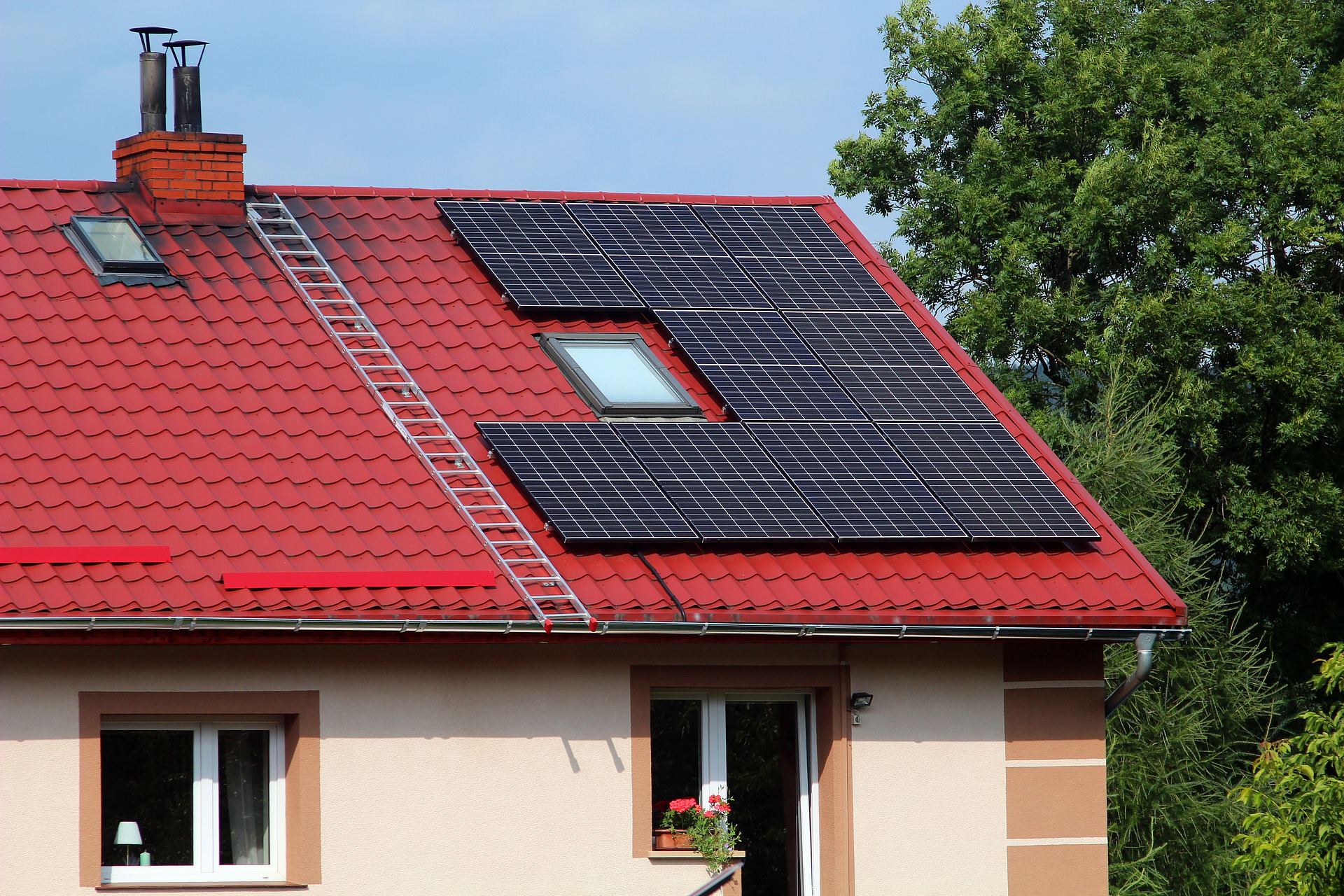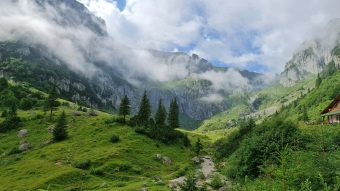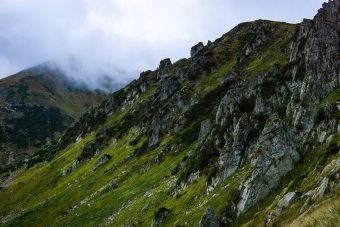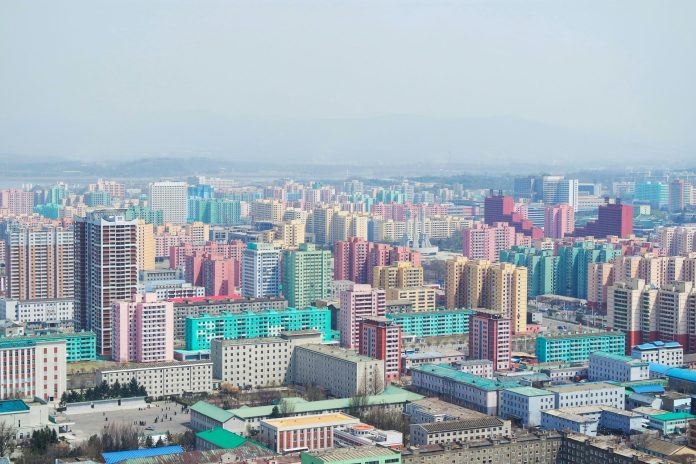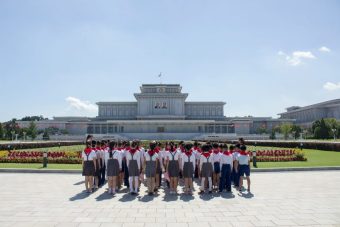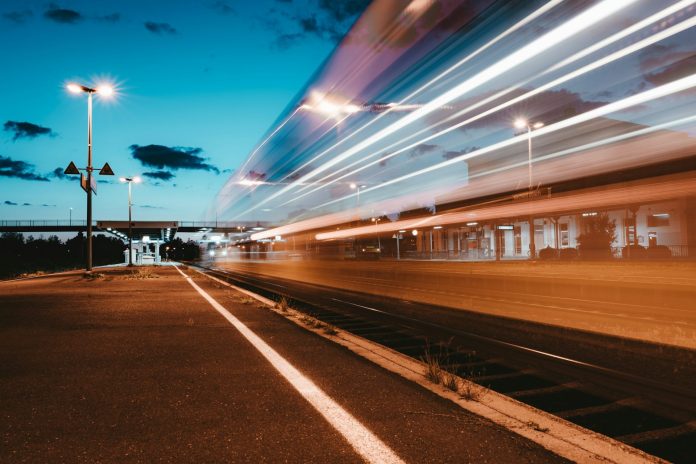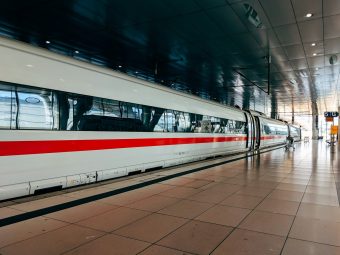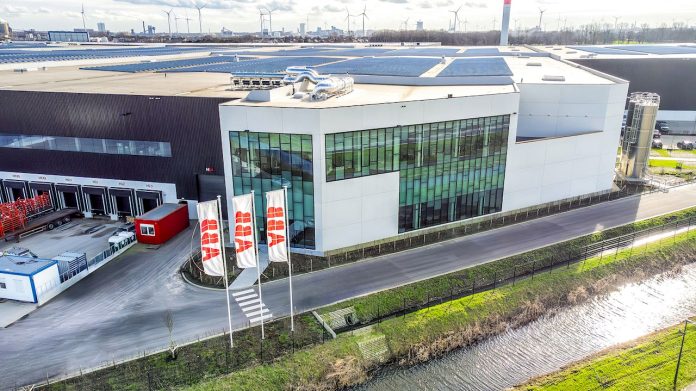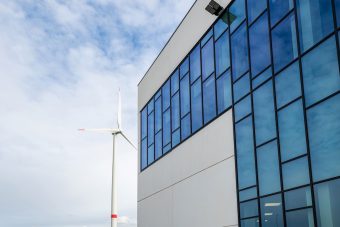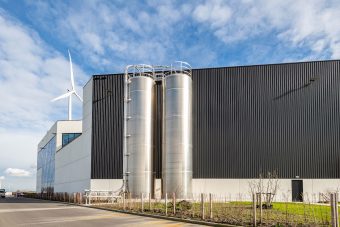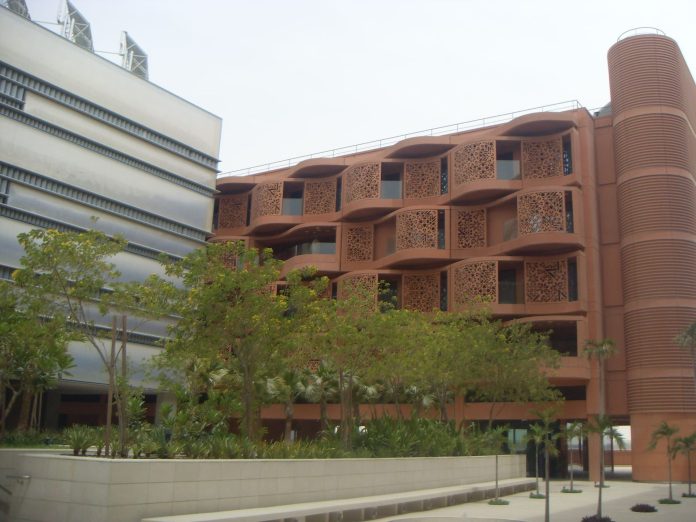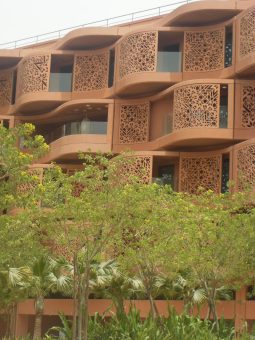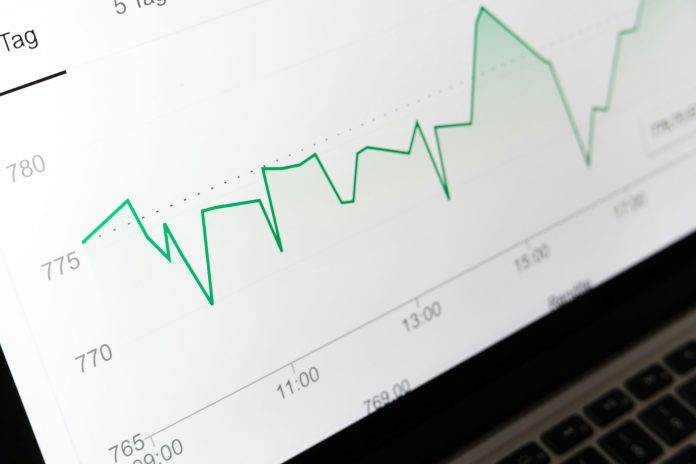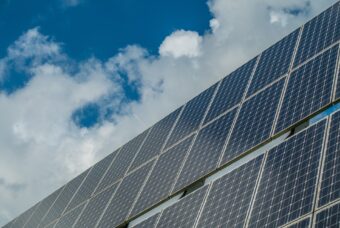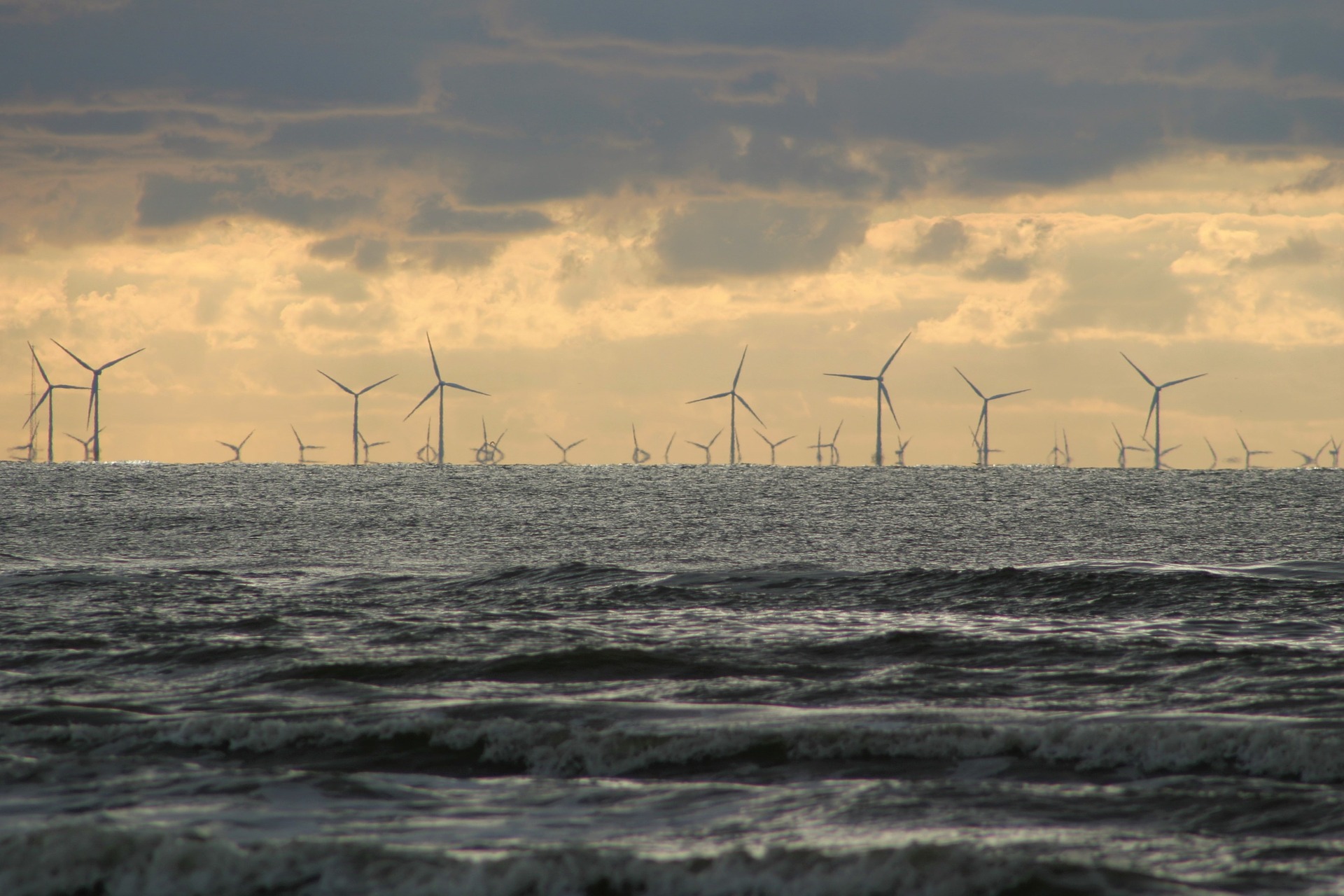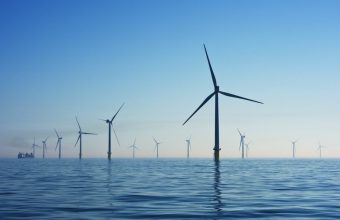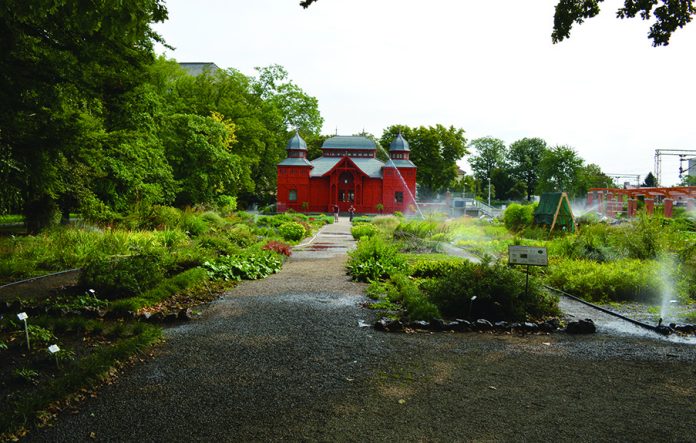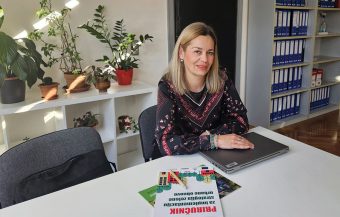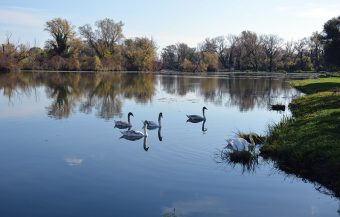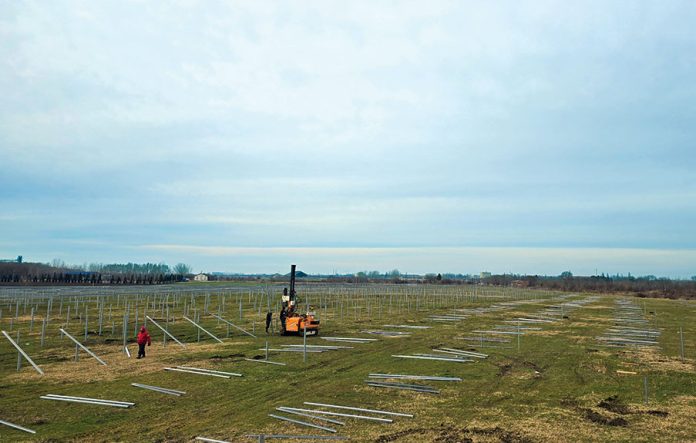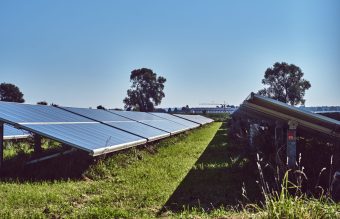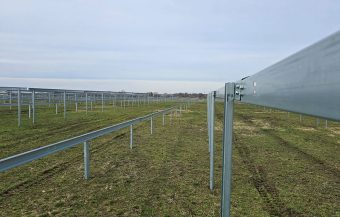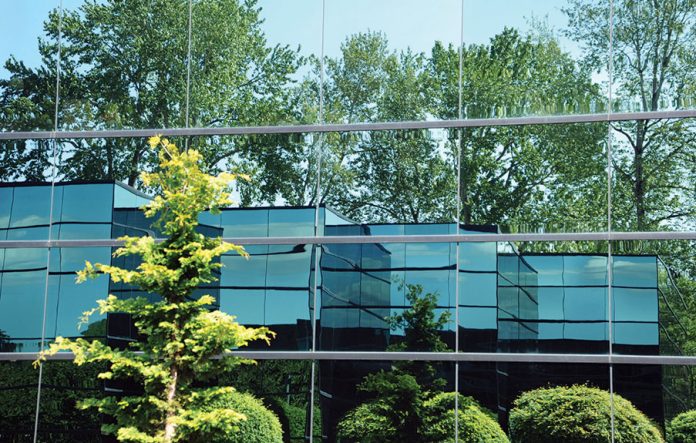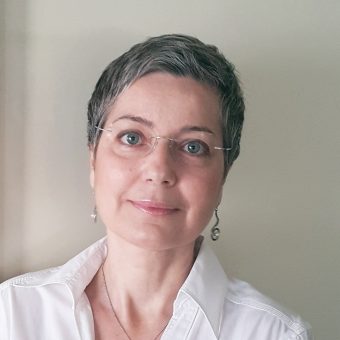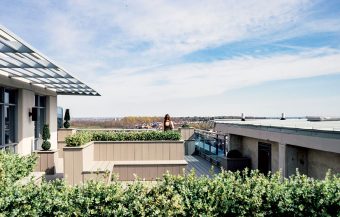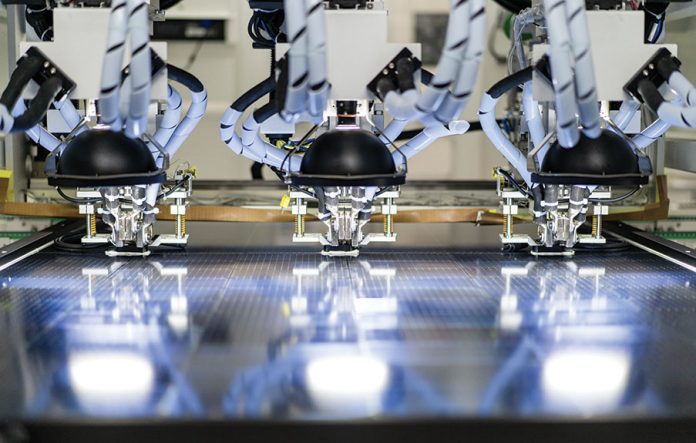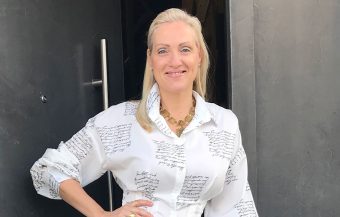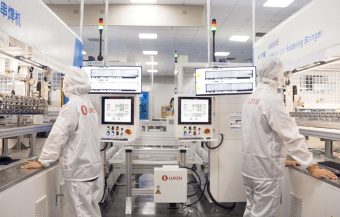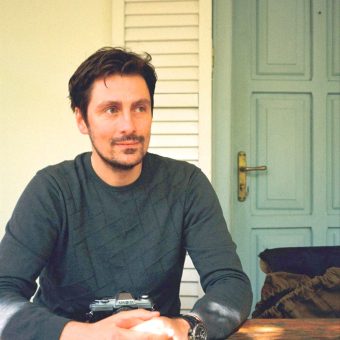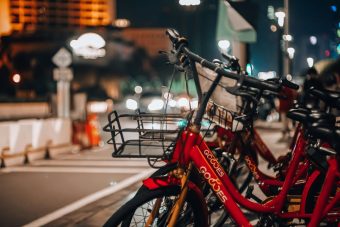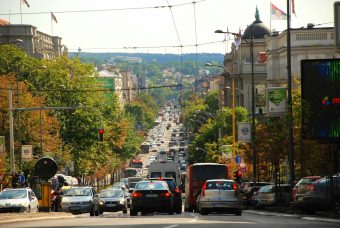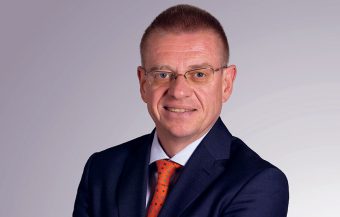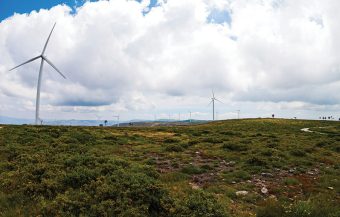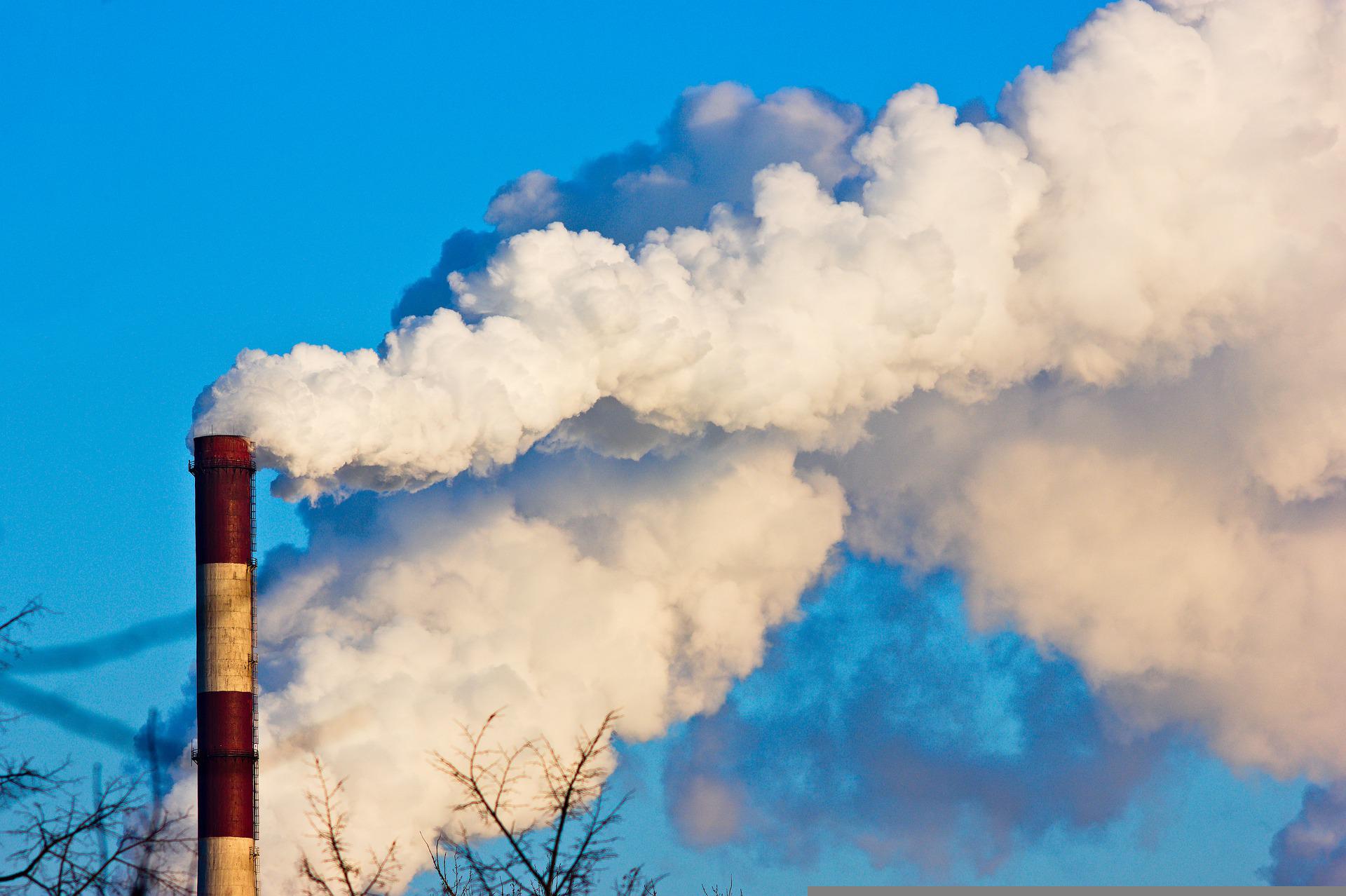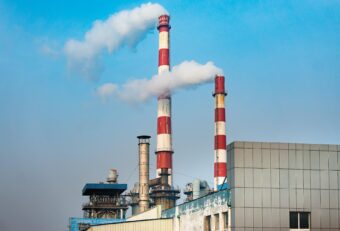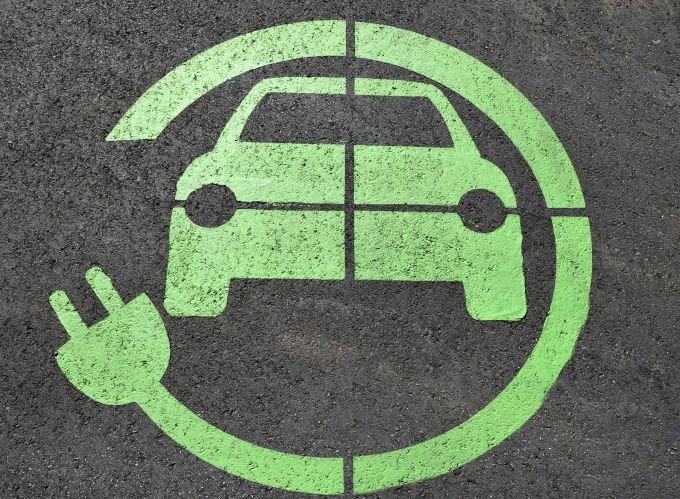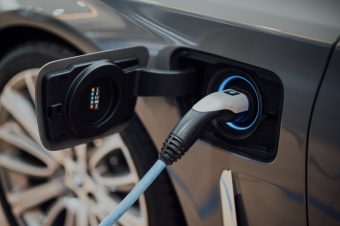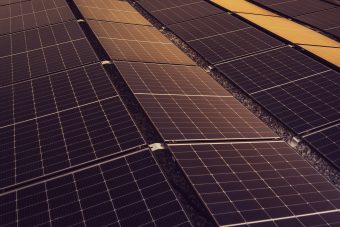
Today, the Energy Performance of Buildings Directive officially enters into force, with its publication in the Official Journal of the EU. Successful implementation of the EU Rooftop Solar Standard under the EU Energy Performance Buildings Directive (EPBD) could solar power the equivalent of 56 million European homes.
A preliminary analysis conducted by SolarPower Europe suggests that the EPBD could drive the installation of 150 to 200 GW of rooftop solar in the next years, leveraging the potential of EU’s rooftops. This is assuming that 60 per cent of public buildings are suitable and fall under the scope of the EU Solar Rooftop Standard. The EPBD will tap into the vast potential of rooftops, estimated at 560 GW by the EU Joint Research Centre earlier this year.
“Like the essential integration of smoke detections years ago, this new law propels rooftop solar toward becoming the standard. More buildings, businesses, and citizens will have access to clean, renewable, economical solar energy”, said Jan Osenberg, Senior Policy Advisor at SolarPower Europe.
More:
- GROWING NUMBER OF FLOATING SOLAR POWER PLANTS IN ASIA
- SCIENTISTS HAVE CREATED FLEXIBLE AND WATERPROOF SOLAR CELLS
- HOW WILL BARCELONA FUND THE INSTALLATION OF SOLAR PANELS ON SCHOOLS?
The new law mandates that all new buildings be solar-ready, making it more straightforward and appealing to seek solar. According to Bloomberg NEF, proactive solar standards (as seen in some EU countries) can boost return on investment by eight to 11 per cent, compared to retroactive installations. Additionally, the Solar Standard is set to empower a wider portion of society, easing obstacles to solar adoption in multi-apartment buildings.
The EU Solar Rooftop Standard applies to new non-residential and public buildings from 2027, to existing non-residential buildings undergoing major renovations by 2028, to new residential buildings from 2030 and on all suitable existing public buildings by 2031. The Solar Rooftop Standard will most importantly unlock the potential of large rooftops such as those installed on offices, commercial buildings, or car parks. Certain buildings such as agricultural and historic structures may be excluded.
Source: SolarPower Europe

